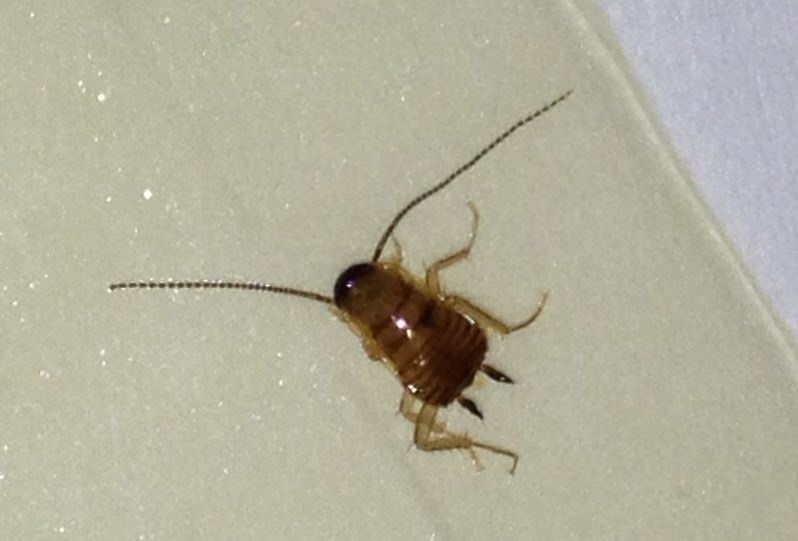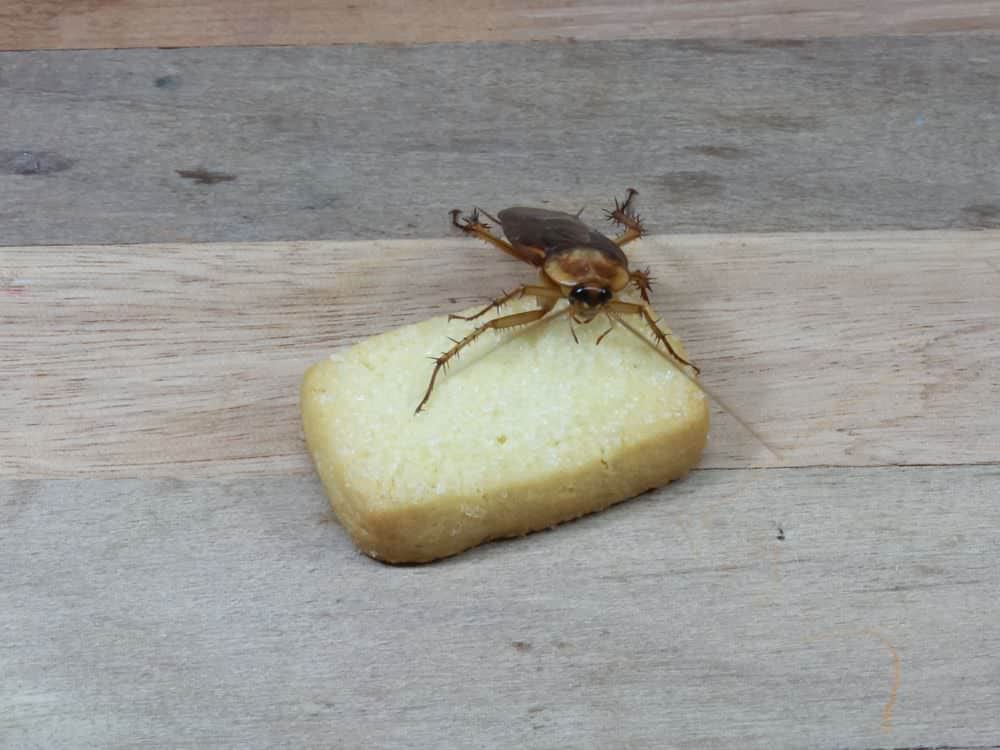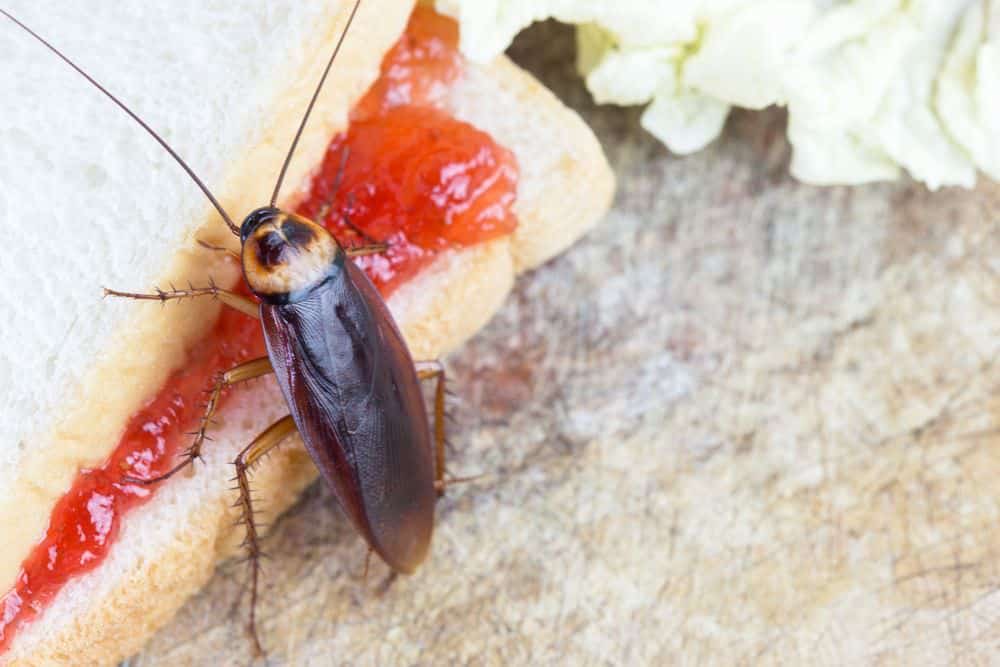Brown Banded Cockroaches
Cockroaches in the home are not something any of us want, still, it happens. The first step to getting rid of them is to find out what species they are. If you are dealing with the brown banded cockroach, then this article is something that you need to read.
Most roach species are similar in how they live and reproduce, but by identifying the specific type, you can target them much better. This information includes all that you need to know to deal with a brown-banded roach infestation.
What Do Brown Banded Roaches Look Like?
These cockroaches get their name due to the bands that go across their bodies.
The adult males of the species are about half an inch long and are light to dark brown in color. Females have a shorter and rounder look to them. Both are an oval shape, with the underside of the body and legs being a yellowish color.
Each male has a full set of developed wings that cover the entire abdomen. Unlike the males, the wings of the female only cover part of the abdomen and the thorax.
Both male and female roach wings are brown, with the edges lighter in color. The males can readily fly when disturbed, but the females don’t have this ability. Wings of females are underdeveloped, which prohibits them from flying.
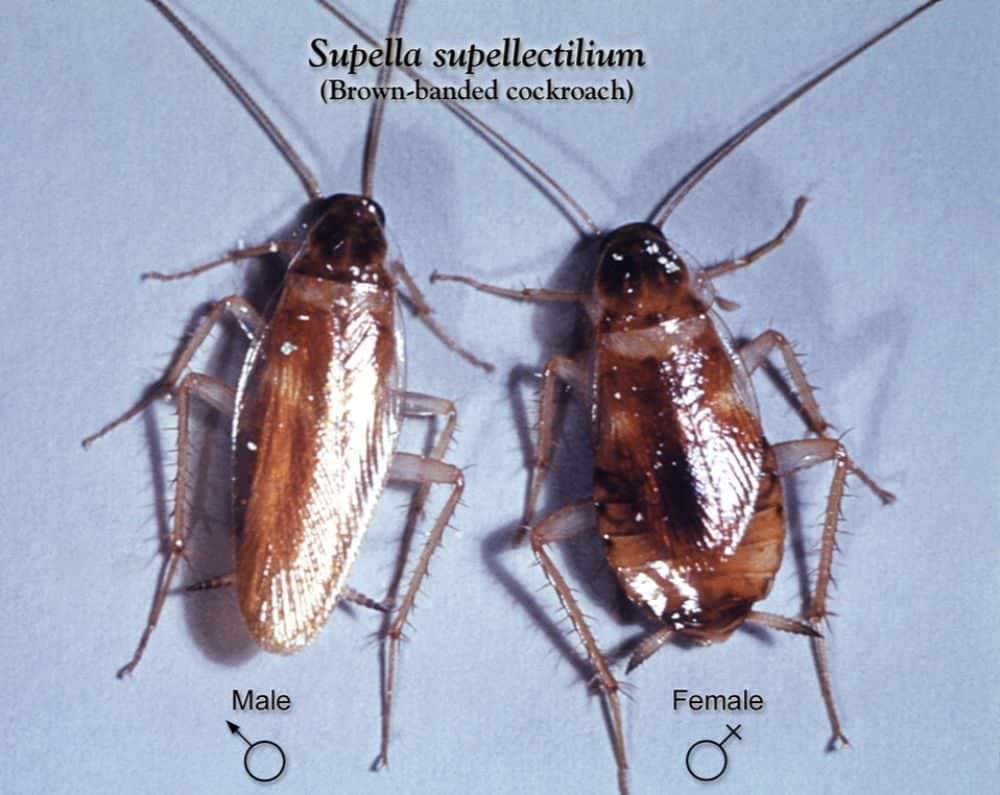
Brown-banded adult cockroaches are easy to distinguish. They have two broad bands of light brown color, which go across the body at the middle and the base of the abdomen, which is different to the appearance of other common roaches.
The brown-banded nymphs don’t have wings. Their colorings are brown and yellow and they also have the same bands as the adults across their body.
The eggs of brown-banded roaches are found in a casing, called an ootheca, that is pill/purse shaped. It measures around a quarter inch long and is a reddish brown color.
Where Do Brown Banded Roaches Live?
You can find brown-banded roaches in the Midwestern, Southern and Northeastern regions of the States.
Like most roaches, the brown-banded species are great scavengers. They will eat most organic matter that they find. This will include things like: decaying tissue, such as on rotten meat, and bodily waste and fluids.
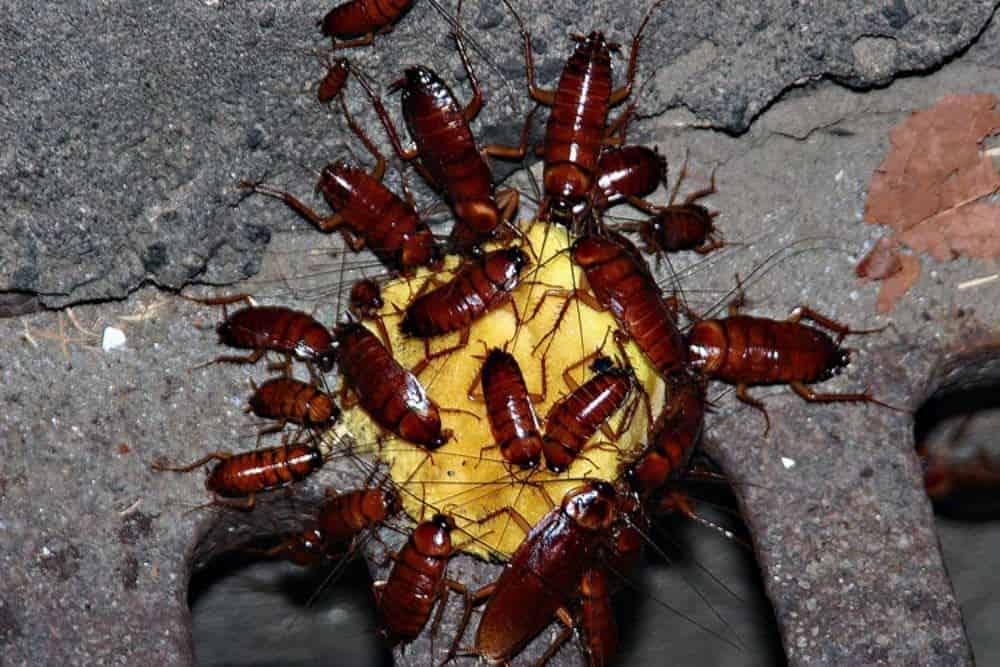
This species likes to live inside buildings. There, they will feed on accessible foodstuff and household items. They will even eat glue and paste, and could be found feasting behind curled wallpaper. Places you can find this species include:
- Houses
- Hospitals
- Apartment buildings
- Restaurants
- Stores
- Hotels
Brown-banded roaches don’t need as much moisture as other species. This means they can survive in drier places such as offices, bedrooms or living rooms.
These roaches will actually avoid water, and this is why they are often found in high locations, like the tops of cabinets. They are only usually seen at night and will avoid light whenever they can. Other places you may find them hiding are:
- Warm areas, like near the motor of the refrigerator.
- Closets, dressers and other furniture.
- Behind picture frames.
- Inside clocks or radios.
In warm temperatures, these roaches will thrive. The ideal temperature for them is between 77 and 91 degrees Fahrenheit.
Brown banded roaches will breed inside your home or workplace, thus you could also find egg casings and nymphs. After forming the ootheca, the female carries it, attached to her, for around 30 hours, before depositing it somewhere safe.
She will find a hidden area protected from moisture and light. You may find oothecae in ceiling and wall cracks, or in furniture. The female uses her saliva like glue, to stick the casing to the hiding place.
To control an infestation of brown-banded cockroaches, correct identification is key. Using the same strategies as used for other species may not work for these.
How to Get Rid of Brown Banded Cockroaches
If you identify brown-banded roaches, you may wonder how the problem started. You will also want to know how to get rid of them before a few suddenly becomes an infestation.
How Do Brown Banded Roaches Get Inside Buildings?
The most important thing a brown-banded roach looks for is warmth. This is likely to be the reason they enter our homes and offices.
Some very common ways that this roach gets indoors are by humans bringing in infested items, such as:
- Grocery bags
- Food product cartons
- Furniture
- Electronics
If the problem is a recent development, consider the things you have brought into your home (or office) lately. One of these items could be the culprit that introduced these pests to your environment.
How Serious is a Brown Banded Roach Problem?
These roaches will feed on many things around your home. They like things such as garbage, items in your pantry and even drapes and nylon stockings. They will even feed on the dead carcasses of other species; however, they are not known to bite humans.
An infestation of this species also poses health risks. They carry bacteria and protozoa on their legs and bodies. When they walk across surfaces or items, they contaminate them.
The bacteria can cause diarrhea and gastroenteritis. Another common problem is triggering allergies, such as asthma.
Brown-banded roaches can also carry diseases on their bodies. These could cause dysentery or food poisoning. You can contract them when using infected utensils or food preparation surfaces.
Control Measures
To control an infestation it is best to use a three-step method. First, you need to inspect the problem. Then take action to eliminate it. Finally, monitor the situation.
Inspect
You need to carry out a full inspection of the property to see how bad the problem actually is. To do this, you can use sticky traps placed around the building in locations where the roaches have previously been spotted.
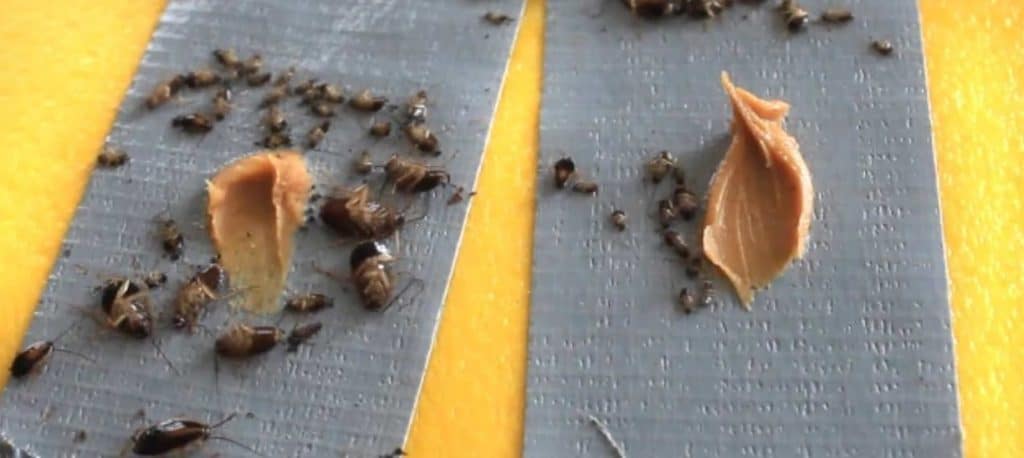
Place traps in corners or close to walls. If you have seen them on shelves or in drawers, place traps there too. The tops of cupboards could also be a hiding place for these pests.
The traps contain attractants which will lure them inside. If you do this for a week, you can identify the problem areas. This gives you the information you need for effective control of the dilemma. You can then use treatments in the areas where you found the most roaches in the traps.
Action
Preventing roaches from entering a building can be difficult. As we have already mentioned, there are many ways they can enter. Despite this, you can work to prevent the problem from becoming a serious one.
One of the main things you need to concentrate on is sanitation. You should make sure that all spillages are cleaned up immediately, and that dirty dishes are not left out overnight. Store food in airtight containers and empty the trash can each night.
Clean the home regularly and vacuum daily. This will help get rid of debris and food crumbs lying around. Vacuuming can also help to pick up eggs and nymphs that are hiding in carpets too.
You should also look at whether some structural repairs are needed. Brown-banded roaches can hide in lots of places that would not be accessible to other species. Any cracks and crevices that may be in walls and floors should be sealed up. Use caulk to seal them, so the repair prevents the cracks from re-opening.
Using bait to kill the roaches is an effective method. Look for those which contain one of the following active ingredients:
- Fipronil
- Sulfluramid
- Boric acid
- Hydramethylnon
- Abamectin
All these types of bait, when used correctly, can provide a good level of control. Make sure you place them in the areas that you identified as high traffic areas for the roaches.
Using foggers or residual insecticide sprays will offer little value. They are not ideal when dealing with a brown-banded cockroach infestation. In fact, they could have the opposite effect. The chemicals are likely to disperse the roaches rather than kill them, making the process more difficult and time-consuming.
Warning
Remember, when using pesticides, that they are poisonous. You need to make sure you read all the instructions. Any precautions or directions on the labels must be followed, for your own safety. Make sure any chemicals or traps are out of reach of children and pets.
Check if it is even safe to use the product even in their vicinity. For example, boric acid is harmless to adults, but can be hazardous to children.
When treatment is complete, dispose of any used products and containers correctly. Make sure you don’t contaminate water sources or land through improper disposal.
Monitor
Roaches can become resistant to baits, therefore, you may need to find an alternative. If traps are not attracting the roaches, you may need to place them in other areas. You may have to change the type of trap or chemical being used. When your chosen methods are not working, consider if you have identified the species correctly.
Making a mistake in the identification could be the reason your methods aren’t working. What works for one species doesn’t always for another.
Dealing with a brown banded cockroach infestation can be a difficult task and a lengthy process. You need to be prepared to change your strategies if necessary. If your control measures are not working, then maybe it’s time to seek professional help.

